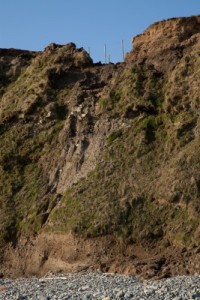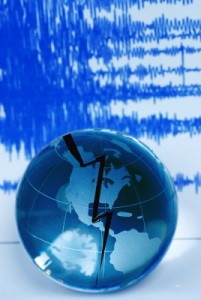
Honeybees are but one of many species dying off in the USA and UK at the hands of human technology.
Google has a very detailed map of the mass animal die-offs in 2013. As depressing as this is, Hat’s Off to Google for documenting this because it’s important for everyone to know where the majority of wildlife losses are taking place.
It’s time to hold these countries accountable. We need to look at the human influences, and where those influences are concentrated.
The USA And The UK
Does it come as much of a surprise to learn that the majority of massive animal die-offs are in the USA and in the UK?
These are the countries that keep “pushing” technology, oil and gas production, nuclear energy, advancement of war, and consumption, consumption, consumption at the expense of the wildlife.
All the while, these are the countries trying to blame mass animal die-offs on global warming, Earth changes, and climate change.
Earth changes may be the cause of the die-offs in the three, sparse areas in Africa, or in the one area in Iceland, or the one area in Alaska, or maybe NOT. Further unbiased research is warranted, but it is clear that human influences are at the root of the massive die-offs in the USA and UK.
False Claims

We are not witnessing massive die-offs of Macaws in Costa Rica. So, we cannot blame “global warming.”
Google maps confirms that there is no where else on Earth with so many animal die-offs concentrated on one continent.
It is time to reign in human gluttony, abuse, and arrogance. It’s time global societies stand up for the wildlife, and FORCE some boundaries on the bulldozing effects advanced humans have on Nature.
Look for yourself – every picture tells a story!


